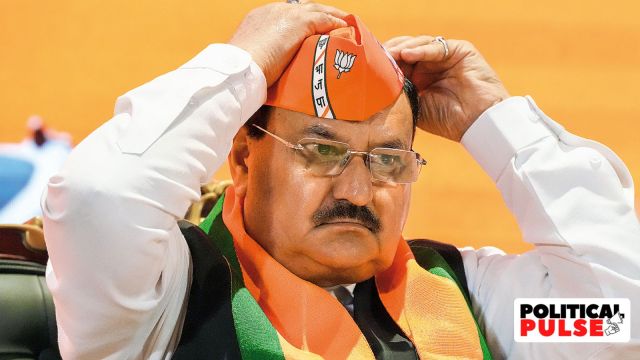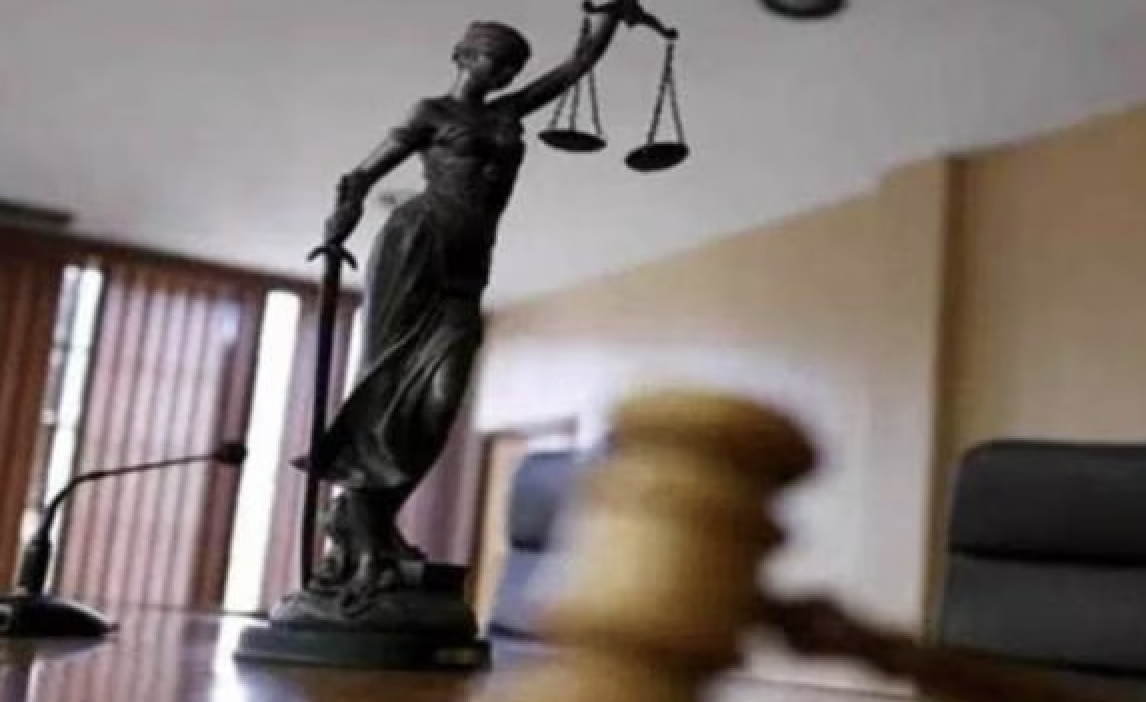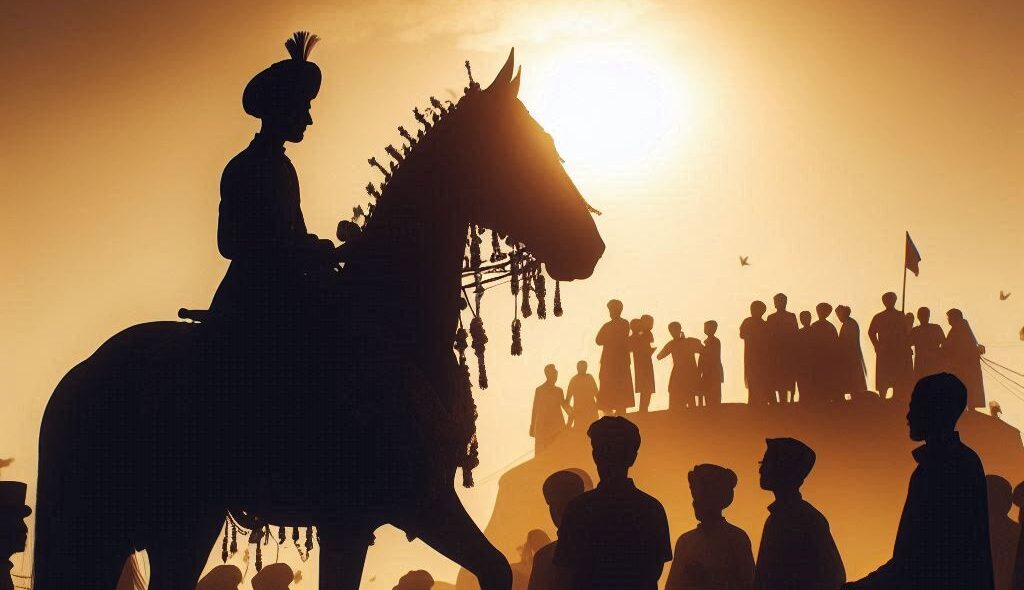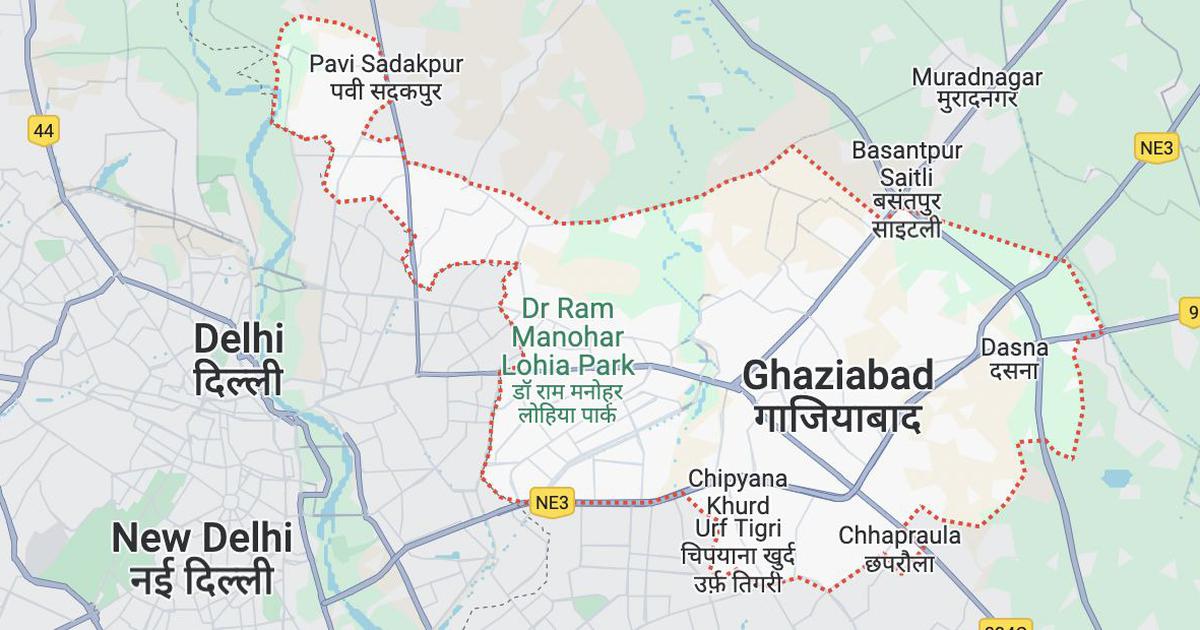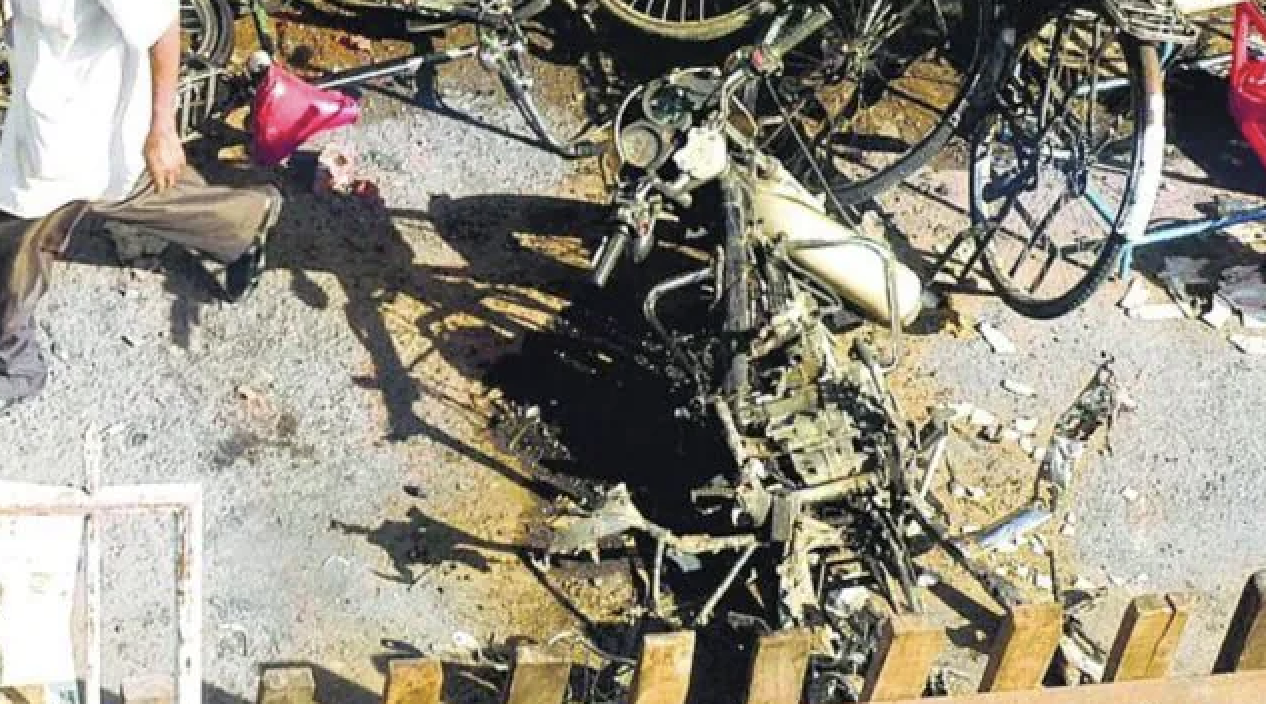
By AREEB UDDIN AHMED / Article14
Lucknow: After the Babri Masjid judgment in 2019, there have been five instances where the origin of places of worship, mosques in particular, have been the subject of litigation before various courts nationwide.
Such litigation is unlawful, barred as it is by the Places of Worship (Special Provision) Act 1991, which prohibits changing the “religious character” of a place of worship as it existed on 15 August 1947 and bars courts from entertaining such suits.
The Babri judgement itself went against the law, but a five-judge Supreme Court constitution bench while terming the destruction of the Babri Masjid as “an egregious violation of the rule of law” also declared that the title of the disputed site was vested in favour of the Hindu parties and awarded the disputed site to child deity, Ram Lalla.
The most recent example of such litigation being admitted in violation of the law is a Archaeological Survey of India (ASI) survey of the seventeenth-century Gyanvapi mosque in Varanasi, where a local court on 16 May ordered the sealing of an area where a court-appointed committee allegedly found a “Shiva lingam”, a Hindu religious symbol of the god Shiva.
The Gyanvapi case is now encouraging Hindu groups to make claims of opening mosques for prayers or searching mosques or other Islamic monuments for evidence of temples, as evident with claims made for the Taj Mahal in Agra and the Qutb Minar in Delhi.
In Karnataka, members of a Hindu forum named after Prime Minister Narendra Modi (Narendra Modi Vichar Manch) sought permission from the local administration in May to offer prayers at the two-century old Jamia Masjid in Srirangapatna, which they claimed stands over the ruins of a Hanuman temple.
The law that now bars such litigation was passed at the height of the Ayodhya Ram Temple movement, at a time when the Bharatiya Janata Party (BJP) was not in power.
‘Law Preserves Tensions For Coming Generations’
The BJP opposed the law in 1991, when P V Narasimha Rao of the Congress party was Prime Minister. BJP member of Parliament (MP) Uma Bharti had then likened the status quo date of 1947 as similar to pigeons trying to stop the “advancements of cats”.
“This…will mean preservation of tensions for the coming generations,” said Bharti. In a sense, that is what has happened. The Babri Masjid-Ayodhya issue was exempted by the Act 1991 law, but the law was clear on every other place of worship.
Section 5 of the 1991 Act states that “nothing contained in this Act shall apply to the place or place of worship commonly known as Ram Janma Bhumi-Babri Masjid situated in Ayodhya in the State of Uttar Pradesh and to any suit, appeal or other proceeding relating to the said place or place of worship”.
Section 3 of the Act prohibits of conversion of any place of worship, and section 4 states that “any suit, appeal or other proceeding” connected with the conversion of “the religious character” of a place of worship as it existed on 15 August 1947 pending “shall abate” and will not be considered by any court, tribunal or other authority.
A challenge to The Places of Worship Act by former BJP spokesperson Ashwini Kumar Upadhyay is pending before the Supreme Court, which on 12 March 2021 issued notice to the union government seeking its response.
The petition in the Supreme Court reflects the divergent views on the subject, between those who, like Bharti and most supporters of the BJP, believe historical issues must be addressed and those who believe the law must be followed and indeed is required in a country riven with inter-religious strife.
‘Real Ram Rajya Needs The Law’
Former Chief Justice of the Allahabad High Court, Govind Mathur is among those who argue that fears among Indian minorities related to their places of worship reflects failures of the assurance given to them as citizens of a secular democratic republic.
“We must ensure compliance of the Places of Worship Act,” Justice Mathur told Article 14. “If our priority is development, happiness, peace and real Ram rajya (a reference to the Hindu belief in an ideal government, as supposedly existed under Lord Ram) in Bharat, then the need is a strong secular social fabric of society in India.”
“Priority has to be given to the objects and intent of the Places of Worship (Special Provisions) Act, otherwise [we will remain with] a fear of violence all the time,” said Justice Mathur
Senior Supreme Court advocate Sanjay Hegde said that the Gyanvapi suit should have been dismissed at inception.
“The 1991 Act was a solemn parliamentary commitment to the country even before the demolition of the disputed structure at Ayodhya,” said Hegde. “The country at that point of time had decided that it was only the Ayodhya dispute which was exempted from the status quo as of August 1947. The reliefs sought in the present (Gyanvapi dispute) suits are in contravention with the Act and cannot be granted by any court of law.”
The Supreme Court bench that decided the Ayodhya title dispute in 2019 observed that the Places of Worship Act is “a legislative instrument designed to protect the secular features of the Indian polity, which is one of the basic features of the Constitution”.
“The State, has by enacting the law, enforced a constitutional commitment and operationalized its constitutional obligations to uphold the equality of all religions and secularism which is a part of the basic features of the Constitution,” said the 2019 Supreme Court judgement.
Parliament in 1991 determined that independence from colonial rule provided “a constitutional basis for healing the injustices of the past by providing the confidence to every religious community that their places of worship will be preserved and that their character will not be altered”, said the Supreme Court.
On 17 May 2021, when the Supreme Court was hearing the Gyanvapi case, senior advocate Huzefa Ahmadi, appearing for the mosque committee, argued that the Varanasi court’s were “passed non est”, meaning it did not have jurisdiction or authority.
“These are completely against the M Siddique judgement (the Babri Masjid case) ,” said Ahmadi. “It says you cannot tinker with the places of worship as existing on August 15 1949. This is suspect to great mischief.”
A common feature of all the cases involving the Places of Worship Act is that they feature structures built during India’s Mughal era, with litigants claiming that temples were destroyed to build mosques or other structures.
Here are five instances where the origin of various structures were challenged before the courts despite the law: in Varanasi (Uttar Pradesh), New Delhi, Dhar (Madhya Pradesh), and Agra and Mathura (Uttar Pradesh)
1. Kashi-Gyanvapi, Varanasi, Uttar Pradesh

The core of the issue is the Kashi Vishwanath temple, located near the Lalita ghat in the heart of Varanasi, and adjacent to which is the Gyanvapi Mosque. It’s been alleged that the mosque was built by the Mughal emperor Aurangzeb after destroying some parts of the Kashi Vishwanath temple in 1699.
A suit was first filed in 1991 on behalf of deities, Shiva, Maa Shringar Gauri, and Ganesh seeking restoration of the ancient temple at the site where the Gyanvapi mosque currently stands.
In 2019, the Allahabad High Court stayed proceedings in the 1991 case, before the Varanasi lower court, which had allowed a survey of the Gyanvapi mosque complex by the Archaeological Survey of India (ASI).
On 9 September, 2021, Justice Prakash Padia of the Allahabad High Court, while staying the proceedings in the 1991 suit said that “it is to be regretted that the court below departed from this traditional way in the present case and chose to examine the question himself”.
“The court below should not have proceeded and decided the application filed by the plaintiffs in the Original Suit for survey by Archaeological Survey of India,” said Justice Padia.
On 17 May 2022, the Supreme Court refused to stay the survey ordered by the Varanasi court and directed local authorities to “protect” the place where the Shiva linga—which mosque officials said was a water fountain—was found and not restrict Muslims from offering namaz.
2. Qutub Minar, New Delhi

On 9 December 2020, a suit was filed before a civil court in Delhi alleging that the Qutub Complex, which houses the 13th-century Qutub Minar, was originally a complex of Hindu and Jain temples before being destroyed by Qutb-ud-din Aibak, who built the present structures.
The petitioners said that Delhi was ruled by Hindu kings until 1192 AD, when Mohammed Ghori defeated Prithviraj Chauhan in the battle of Tarain. The suit was dismissed by a Delhi court, which said that “nobody had denied that wrongs were committed in the past, but such wrongs could not be the basis for disturbing peace in present times”.
That dismissal was challenged and on 22 February 2022, additional district judge Pooja Talwar agreed to hear a plea challenging the decision in the Qutub Minar complex case. The case is scheduled to be heard on 24 May 2022.
On 10 May 2022, members of a Hindu group called the Mahakal Manav Seva, demanded that the Qutub Minar should be renamed Vishnu Stambh since it was originally, they claimed, part of a tower constructed atop an ancient Ganesha temple.
3. Bhojshala Complex, Dhar, Madhya Pradesh
On 11 May 2022, the Madhya Pradesh High Court issued notice to the central and state governments on a petition that sought to reclaim the 11th-century Bhojshala complex located in the district of Dhar for Hindus and prohibit Muslims from offering namaz there.
Located in Dhar, around 250 km east of state capital Bhopal, the Bhojshala-Kamal Maula mosque is a shrine claimed by both Hindus and Muslims.
In 2003, there was an ASI notification that allowed Muslims to offer namaz within the Bhojshala complex.
Until April 2003, Hindus were allowed entry into the disputed complex on Basant Panchami day, while Muslims were allowed to offer namaz for some hours on Friday, the day for weekly prayers.
The case is pending before the Madhya Pradesh High Court and will be heard in June.
4. Taj Mahal, Agra, Uttar Pradesh

On 7 May 2022, a petition from Rajneesh Singh, who said he was incharge of the BJP’s media outreach, sought from the Lucknow bench of the Allahabad High Court the opening of over 20 rooms inside the 17th- century Taj Mahal.
Singh’s public-interest litigation (PIL) argued that many Hindu groups had claimed the Taj Mahal was an old Shiva Temple called the Tejo Mahalaya.
On 12 May, the Allahabad High Court dismissed the petition.
“Tomorrow you’ll come and ask us to go to the chambers of Hon’ble judges?” said Justice D K Upadhyay “Please, don’t make a mockery of the PIL system.”
5. Shahi Masjid, Mathura, Uttar Pradesh
Another contentious place of worship is the 17th-century Mathura Shahi Masjid and Krishna Janmabhoomi in Mathura, UP, over which there are two cases pending before the Allahabad High Court and a local Mathura district court.
On 12 November, 2020 a PIL before the Allahabad High Court asked that Shahi Masjid, which is next to a Sri Krishna temple, be handed over to Hindus. The plea was initially dismissed on 19 January last year because the petitioner had appeared in the court without a lawyer but was later restored by the High Court on March 14, 2022.
The plea claimed that the Shahi Masjid was built at the Krishna Janmasthan, the birthplace of Lord Krishna. The matter has been posted for the month of July 2022.
Meanwhile, a case continues before the Mathura district court to remove the Shahi Idgah Masjid on the grounds that it was built over the Krishna Janmabhoomi. The plaintiff (Sri Krishna Janmabhumi Mukti Aandolan Samiti) had alleged/claimed that the mosque in question (Shahi Idgah) had been built on 13.37 acres of land that belonged to Thakur Keshav Dev Maharaj Katra.
A civil court had dismissed the suit on 30 September 2020, citing the bar on admitting the case under the Places of Worship Act. This was the order appealed before the Mathura district court.
The devotees of Lord Krishna argued they had a right to move the suit in view of their fundamental religious rights under Article 25 of the Constitution of India, so the district court admitted the suit.
The Mathura district court reserved its verdict on 5 May 2020 and will likely pronounce judgement on 19 May 2022.
On 17 May, an application before a local court asked the disputed Idgah mosque complex be sealed. The applicants claimed if that was not done, the religious character of the property would be changed. A civil judge of the senior division court is likely to hear the application on 1 July 2022.
This article first appeared on article-14.com


